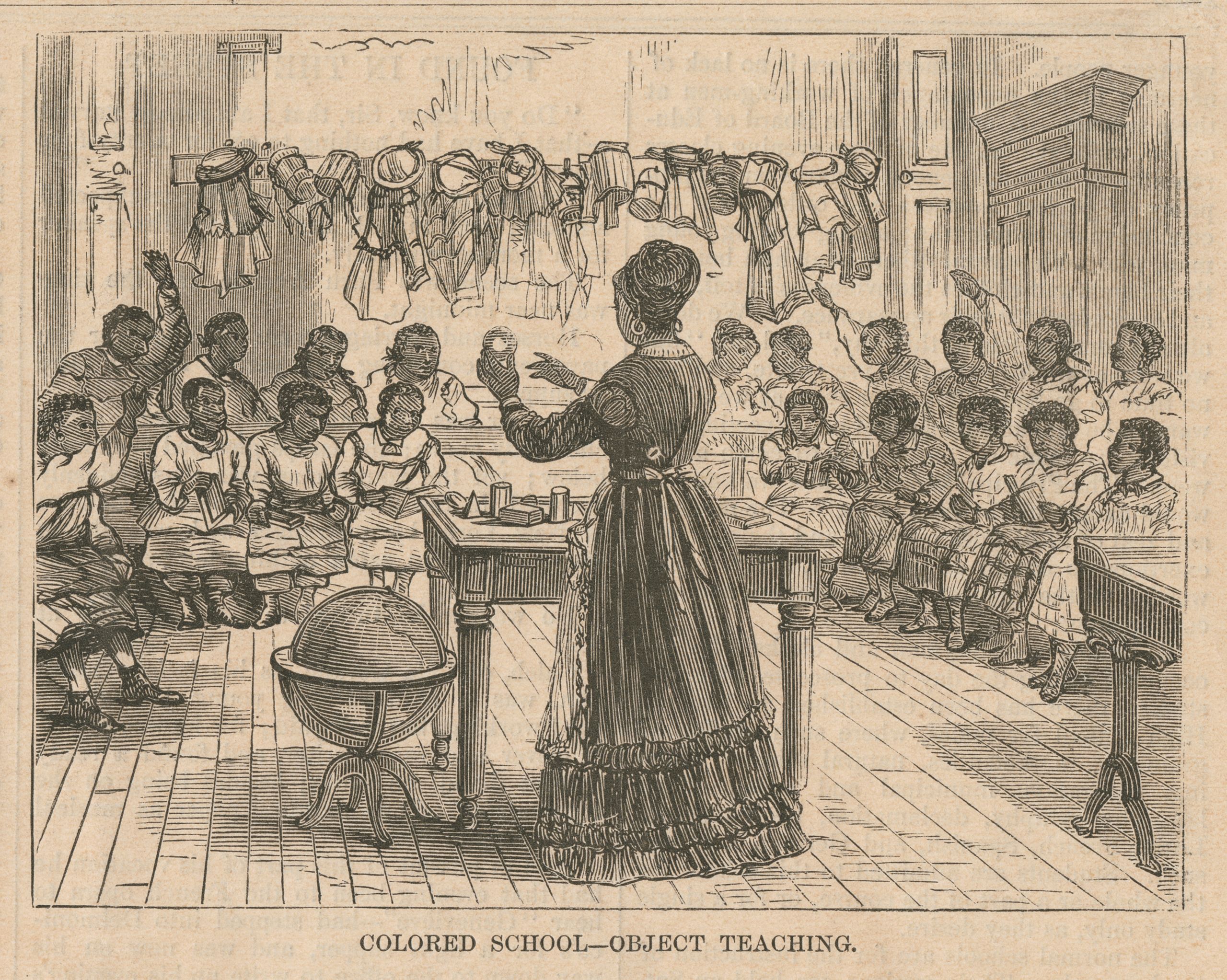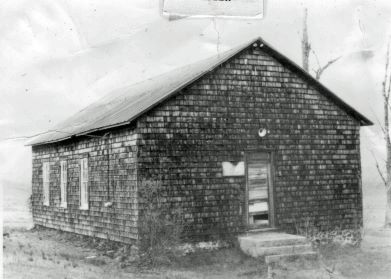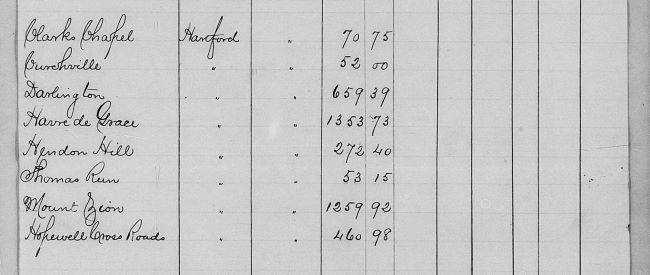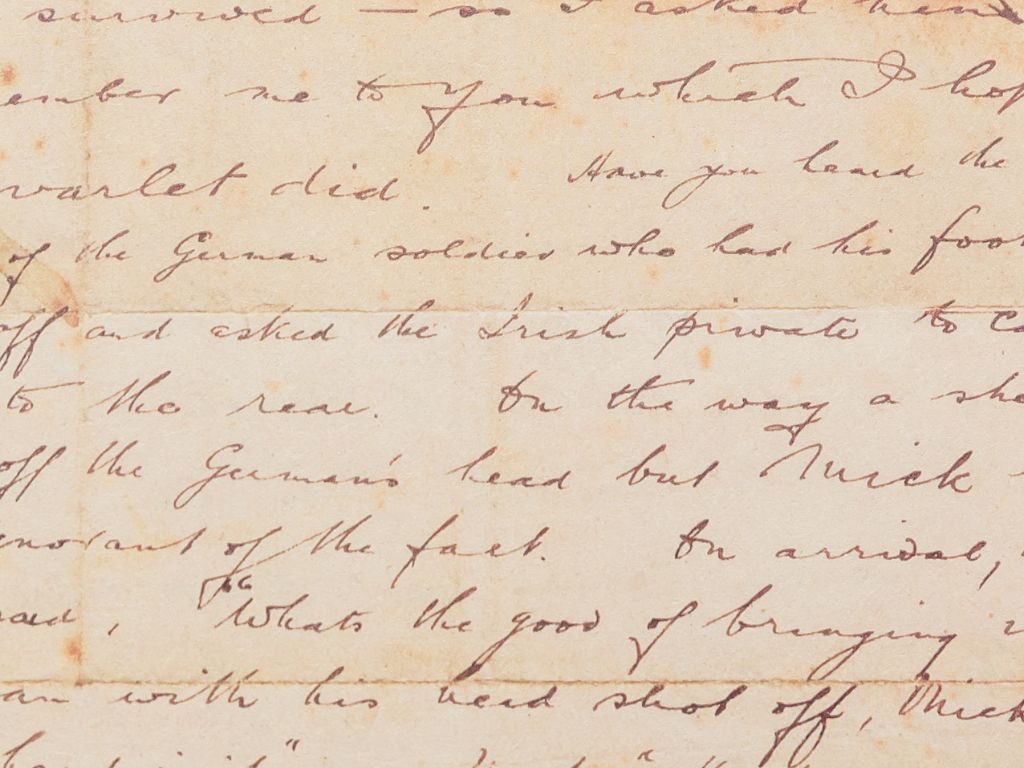Transition to Freedom: Harford County Freedmen's Education Project

When Mary Watson arrived in Harford County, Maryland, in September 1865, the American Civil War had been over for a mere five months. The 25-year-old African American teacher had traveled alone to this rural part of Maryland to take over the school at Darlington, which had only opened a few months earlier. “My sympathy has always been with the outcast Slave,” Watson wrote to her employer. “I feel that God calls me to work for them, to devote my time to those, who have so long been trodden under foot, so long born the heat, and burden of the day…”
Watson faced an uphill battle. No schoolhouse was available to her and the resources of the local black community were limited. Sentiments among the white population of Darlington ranged from supportive to violently hostile. Undaunted, the young educator sprang into action. Over the course of four years, Watson built relationships with parents, school trustees, aid societies, and the U.S. Freedmen’s Bureau. Her efforts and those of the local community paid off in 1869 when construction on a school building in Darlington was finally completed. The schoolhouse, which eventually came to be known as the Hosanna School, still stands to this day as a monument to the struggle for black education in Harford County during Reconstruction.
This site collects and interprets documents pertaining to that struggle. The effort to create and maintain schools for African American children in Harford was a collaborative endeavor between parents and school trustees, teachers, Freedmen’s Bureau officials, and northern aid societies. Together, the materials created by this collaboration tell a story of determination and improvisation. We hope you will be enlightened, surprised, and inspired by what you discover.
Information about records in this database, additional resources, and the Hosanna School Museum. VIEW SITE TUTORIAL.
Search 600+ documents in the database.
Including school deeds, monthly teacher reports, and Freedmen's Bureau Special Orders.






